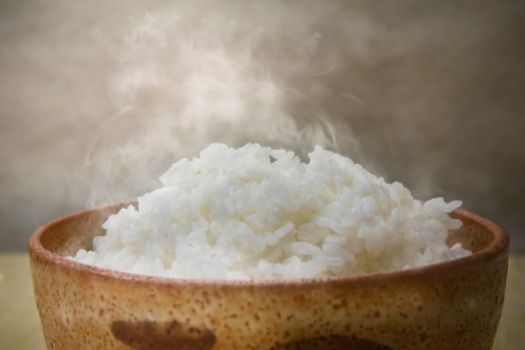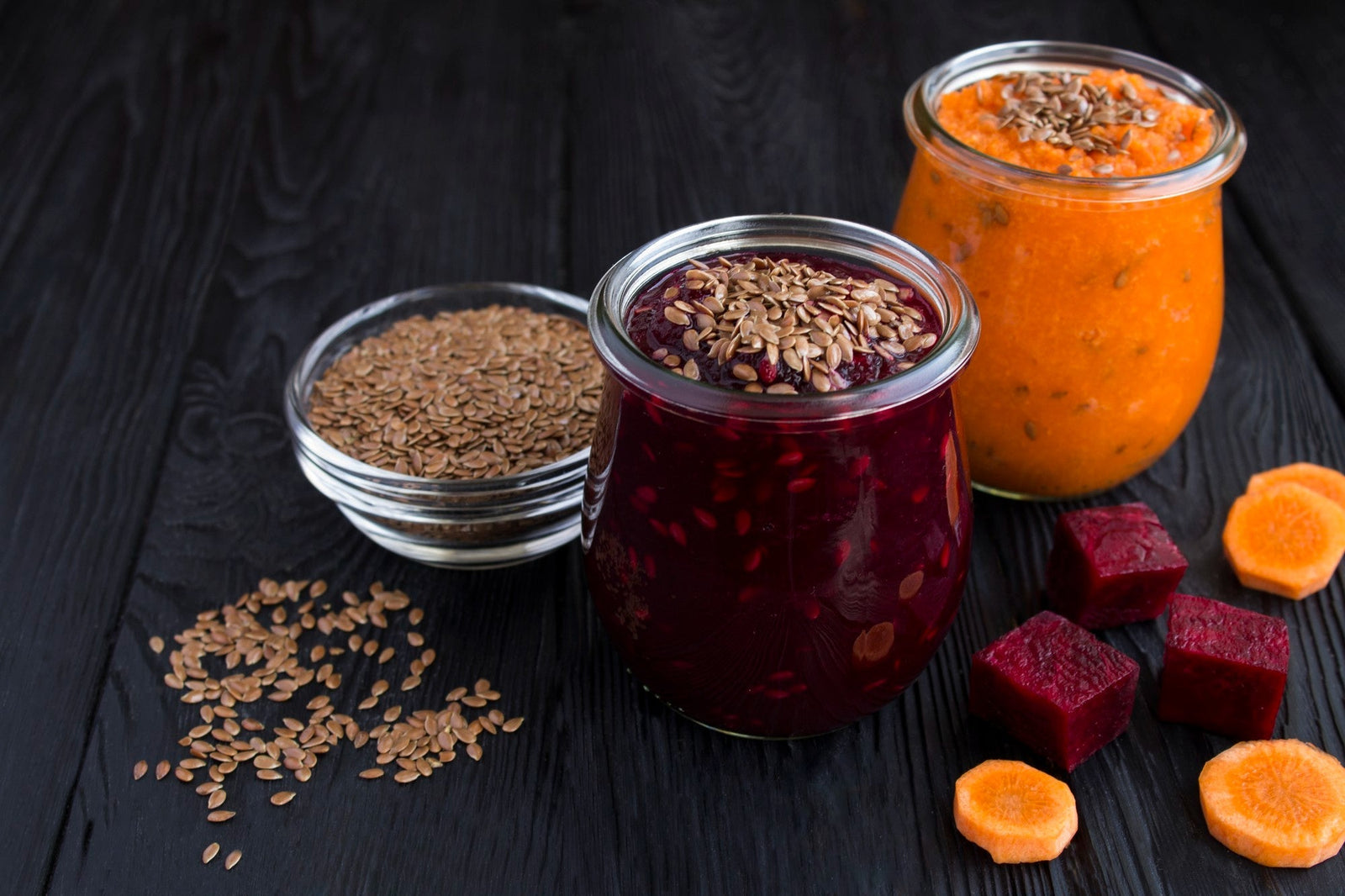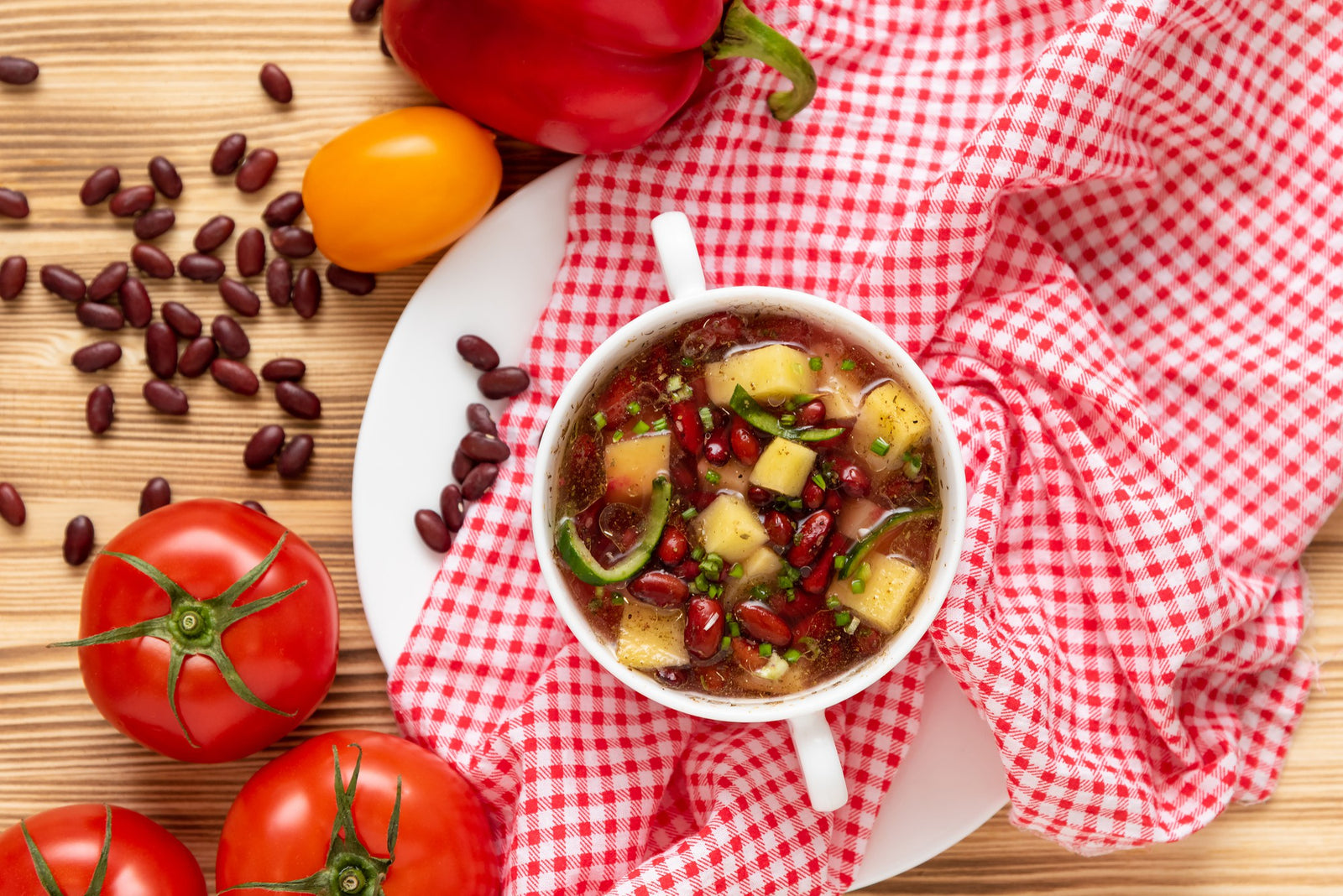
July 27, 2021 2 min read
All risotto recipes call for cooking rice in broth so it becomes important to choose the right type of rice. For getting the risotto right, it makes sense to choose a rice variety that has enough starch, so that the starch content dissolves and thickens the cooking liquid. This becomes the key to achieving the creamy texture of a good risotto.
The type of rice best suited for making risotto is typically short to medium grain in size. Rice grains are plump and have a high starch content. These rice varieties also hold up well to the constant stirring during cooking and deliver a final texture that is soft but still has a slight chew at the center of each grain.

Popular Risotto rice varieties
All risotto rice varieties have a few features in common, such as plump, medium to short grains, and high starch content. Typically rice labeled “risotto rice” can be used when making a risotto. However, there are some other short rice varieties that may be used equally effectively when preparing risotto.
The three most popular of these are the following:
Arborio rice
Arborio rice is a short to medium grain, pearl-like white rice that has a high starch content. This rice variety forms the foundation of the risotto dish and is the most widely available of other risotto rice varieties. Arborio takes around 18-20 minutes to cook and when done delivers an al dente result which is tender on the outside yet firm in the center. However, care needs to be taken when cooking Arborio
rice since the grains are easy to overcook and can turn mushy easily.
Carnaroli rice
Carnaroli rice is very suitable for making risotto since its grains retain their shape well and produce a very creamy texture. Carnaroli rice has short grains with very high starch content. In fact, Carnaroli rice has the highest starch content, even more than Arborio rice, but given the wider availability of Arborio
the latter rice variety is used more often. With its high starch content, Carnaroli grains have the potential to absorb huge amounts of liquid without overcooking. The result yields an ultra-creamy texture that is characteristic of a first-rate risotto.

Vialone Nano
This is a short-grain rice variety that is grown in the Veneto region of Italy. Rice grains are round and thick with a kernel that is unlikely to break easily. The grains also absorb condiments well and increase in volume during the cooking process. However, they still keep a firm texture yet remain soft and compact. Its starch content is almost as high as that of Carnaroli rice producing a very creamy risotto.
Other risotto rice varieties include Baldo, Calriso, and Maratelli but may be harder to find. Among these Baldo is most comparable in shape and starchiness to Arborio with Calriso also demonstrating similar cooking characteristics as Arborio, even though its grains expand a bit more.
Thanks for reading this Be Still Farms Blog article. To sign up for more news/articles and/or recipes, click here. For more about us, click here. To shop our certified organic products, click here.
Please comment and share and we look forward to serving you in the future!
Comments will be approved before showing up.

January 27, 2025 3 min read
Flaxseed, the tiny yet powerful superfood, is packed with nutrients that can support weight loss. From curbing hunger to stabilizing blood sugar, this guide dives into the science of how flaxseed can help you shed those extra pounds.

December 11, 2024 3 min read
Discover three quick and easy soup recipes featuring organic small red beans. From a classic vegetable soup to a creamy potato blend, these wholesome recipes are perfect for chilly days and busy weeknights. Packed with flavor and nutrition, these soups will warm your heart and soul this winter!

December 06, 2024 3 min read
This vibrant and nutritious Green Lentil Salad combines tender lentils with grilled chicken, fresh vegetables, and a zesty lemon dressing. Packed with protein, fiber, and essential vitamins, it’s the perfect healthy meal for any time of day.
© 2025 Be Still Farms- Real, Fine Organics.
Privacy | Terms | Refund Policy | Organic Certification
